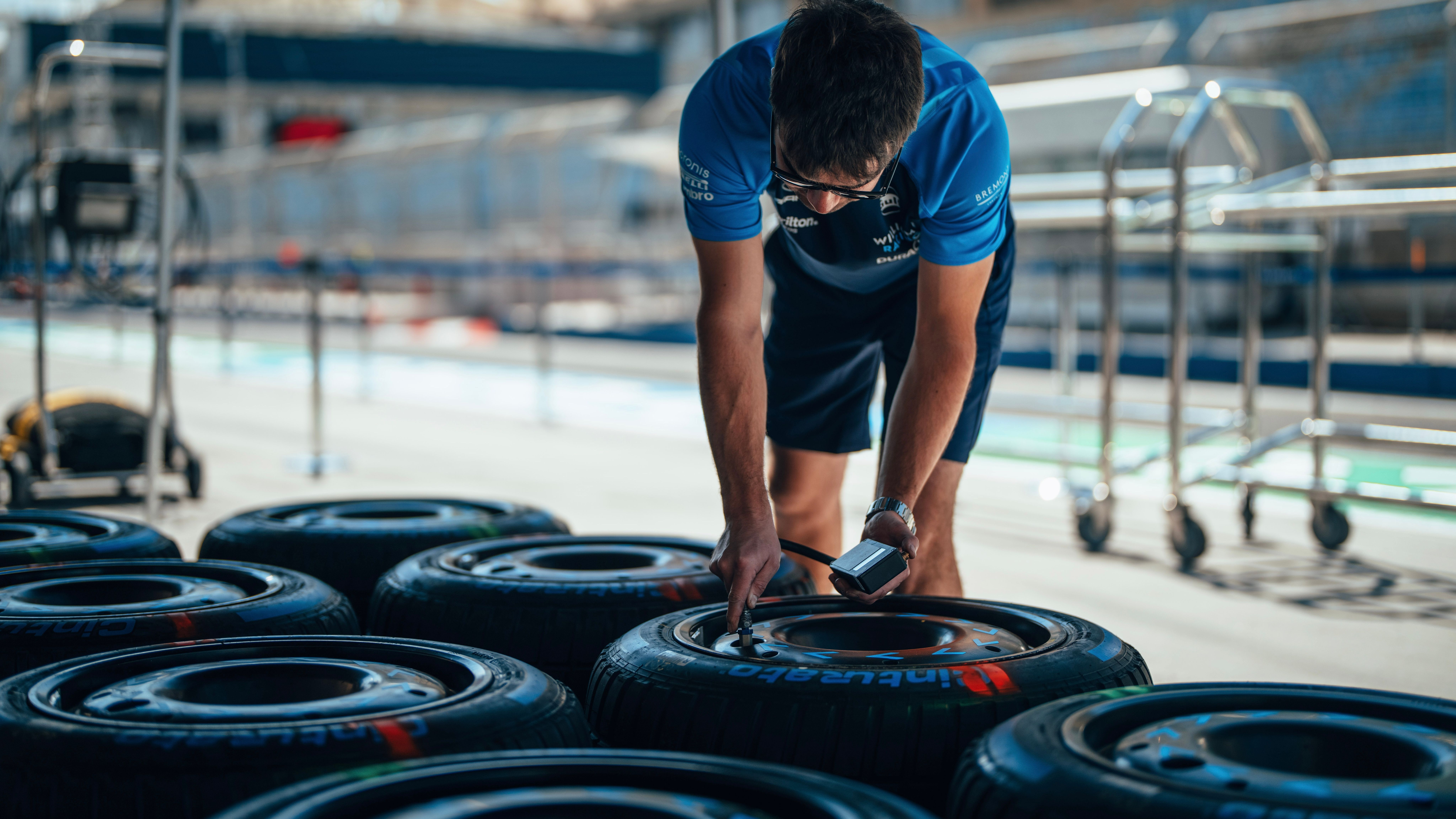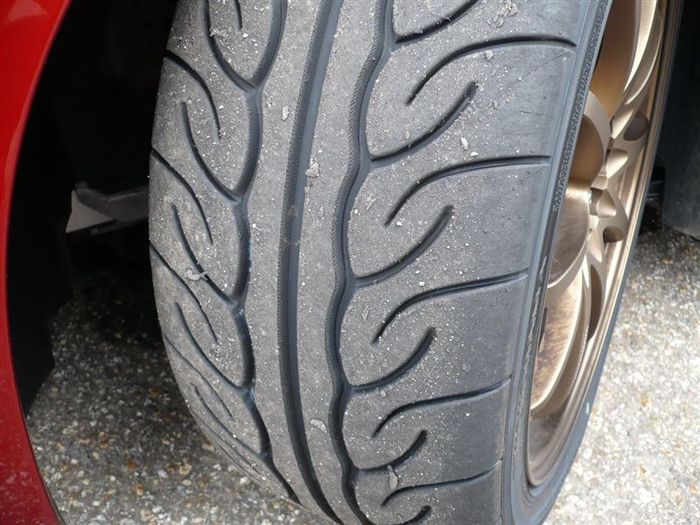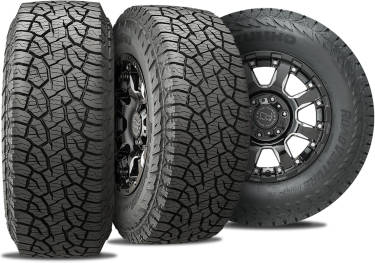All Categories
Featured
Table of Contents
The Michelin provided a comfortable driving experience, characterised by receptive steering and a dynamic understeer balance. In spite of the cooler screening problems, Michelin's constant time and grip over 3 laps indicates its suitability for real-world applications.
The tire's first lap was a 2nd slower than the second, directing to a temperature-related grip increase. For everyday usage, the Michelin may be a safer wager.
Tyre Care
It shared Michelin's secure understeer balance but lacked the latter's determination to turn. Continental and Goodyear's efficiencies were remarkable, with Continental's new PremiumContact 7 showing a substantial renovation in damp problems compared to its precursor, the PC6. This model was much much less sensitive to pack changes and behaved much like the Michelin, albeit with slightly much less communication at the limit.
It combined the secure understeer equilibrium of the Michelin and Continental with some flashy handling, confirming both foreseeable and fast. As an all-rounder for this Golf GTI, Goodyear's Asymmetric range was the standout, showing excellent efficiency in the damp. The Bridgestone Potenza Sport took the crown as the fastest tire, albeit by a small margin.
This tire got grippier as it heated up, comparable to the Yokohama. Vehicle drivers seeking an exciting wet drive could discover this tyre worth considering. The standout entertainer in wet stopping was the newest tire on examination, the PremiumContact 7, though the outcomes are nuanced. We performed damp stopping tests in 3 various methods, two times at the new state and as soon as at the used state.
Affordable Budget Tyres – Bayswater
Preferably, we desired the chilly temperature level test to be at around 5-7C, but logistical hold-ups suggested we examined with an average air temperature level of 8C and water at 12C. While this was cooler than typical examination conditions, it was still warmer than real-world conditions. The warm temperature level test was done at an average of 18C air and 19C water.
The third run included wet braking tests on worn tyres, especially those machined to 2mm with a small altercation. While we meant to do even more with these used tires, weather restrictions restricted our screening. Nonetheless, it's worth noting that wet stopping is most important at the used state, as tyres typically improve in completely dry problems as they use.

Bridgestone, Goodyear, and Michelin saw the least performance reduction when used. The Hankook tyre signed up the tiniest efficiency decrease as temperatures cooled down, but it was amongst the most influenced when put on.
Tyre Safety
The take-home message here is that no solitary tire stood out in all aspects of wet braking, showing a complicated interplay of aspects influencing tyre efficiency under different problems. There was a standout tyre in aquaplaning, the Continental completed top in both straight and curved aquaplaning, with the Michelin and Goodyear additionally great in deeper water.

Yokohama might take advantage of somewhat more grasp, a concern possibly influenced by the cooler problems. As for managing, all tyres done within a 2% variety on the lap, demonstrating their high-grade performance (Vehicle alignment). Nonetheless, thinking about these tires essentially target the same client, it's intriguing to observe the considerable distinctions in feeling.
The shock is because the PremiumContact 6 was among my favourites for flashy dry drives, yet its follower, the PremiumContact 7, appears elder and resembles Michelin's efficiency. Among these, Hankook was the least precise in guiding and communication at the limitation. Tyre performance. Both Michelin and Continental offered charming first steering, albeit not the fastest
If I were to suggest a tyre for a quick lap to a novice, say my daddy, it would certainly be one of these. We have the 'fun' tyres, specifically Yokohama and Bridgestone. Both were speedy to guide and really felt sportier than the others, however the compromise is a more spirited back side, making them more challenging to take care of.
Reliable Tyre Installation – Bayswater 6053 WA
It provided similar guiding to Bridgestone however offered better feedback at the limit and far better grip. The Bridgestone Potenza Sport, however, appeared to degrade fairly promptly after just three laps on this requiring circuit. Last but not least, there's Goodyear, which positioned itself someplace in between the enjoyable tires and those having a tendency in the direction of understeer.
Overall, these tires are superb performers. For road usage, I would certainly lean in the direction of either the Michelin or Goodyear, depending on your particular choices. In regards to tyre wear, the method made use of in this test is what the sector refers to as the 'gold criterion' of wear. The wear professionals at Dekra conducted this test, which entailed a convoy of cars and trucks passing through a carefully intended course for 12,000 kilometres.
Both the Bridgestone and Yokohama tires significantly underperformed in contrast to the other four tyres in regards to rolling resistance, with Continental a little surpassing the rest. Pertaining to the convenience level of the tyres, as expected, many demonstrated an inverse relationship with handling. The Continental, Michelin, and Goodyear tires executed best across numerous surface kinds evaluated.

Bridgestone started to show indications of suppleness, while Yokohama was specifically disconcerting over potholes. We did measure internal noise levels; nevertheless, as is frequently the situation, the outcomes were closely matched, and because of weather restraints, we were incapable to perform a subjective assessment of the tires sound. We looked at abrasion figures, which measure the amount of tire tread lost per kilometre, normalised to a one-tonne vehicle.
Honest Discount Tyres Near Me (Bayswater)
This number represents the quantity of rubber dust your tires generate while driving. Michelin led in this category, generating over 9% much less rubber particulate matter. On the other hand, Hankook generated 32% even more. This is a facet I believe the market needs to concentrate on even more in the future, and it's something Michelin is advocating.
Table of Contents
Latest Posts
Wheel Alignment
Best Low-cost Tyres
Honest Cheap Tyres
More
Latest Posts
Wheel Alignment
Best Low-cost Tyres
Honest Cheap Tyres